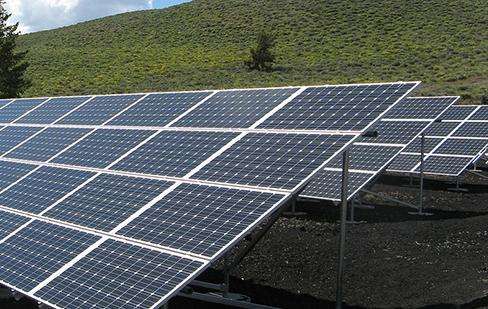Shiny gold and blue series.
1. The Yao Jin Blue series is a precious metal film that uses magnetron sputtering technology to produce multiple dense metal layers on high-quality PET substrates. It has strong thermal insulation performance and strong tensile strength. . The light transmittance of the front baffle is 72%, the total solar energy blocking rate is 31%, the light transmittance of the side and rear baffles is 60%, and the total solar energy blocking rate is by 38%.
2. This is a modified nano-ceramic film that can block and absorb heat from infrared light. It has good thermal insulation and weather resistance, is not easy to oxidize and fade, and does not block signals.
Visible light transmission: the percentage of visible light (380 nm-780 nm) that passes through the composite layerite glass/window film.
Visible Light Reflectance: The percentage of visible light (380 nm-780 nm) reflected by the glass/window film composite layer.
Ultraviolet Blocking Rate: The percentage of ultraviolet rays (280nm-380nm) reflected by the glass/window film composite layer.
Solar penetration rate: percentage of solar energy that passes through the glass/window film composite layer.
Solar reflectivity: The percentage of solar energy reflected by the glass/film composite layer.
Solar energy absorption rate: The percentage of solar energy absorbed by the glass/film composite layer. The absorbed solar energy can be radiated simultaneously on both sides of the glass/film composite layer. with higher airflow speed, it will radiate more energy. Total solar penetration rate: sum of the share of solar energy that passes through the glass/film composite layerfor glazing and absorbed solar energy which radiates inside. The unit of measurement for insulation rate is the amount of heat passing through per square foot per hour (BTU/Hr./Ft.2, where 1BTU=262 calories). The thermal insulation rate of clear glass is generally 20 BTU/hour/ft2.
Total solar energy rejection rate: the thermal insulation rate, which is the sum of the solar energy reflected by the glass/window film composite layer and the absorbed solar energy radiated outwards.
Shading coefficient: The total solar transmittance of the glass/glazing film composite layer compared to the glass.
U-Value: The amount of thermal radiation per square foot per hour, per degree of temperature difference between indoors and outdoors.
Depending on different uses, the performance requirements are different. Generally speaking, the main indicators are the transmissionion of visible light, reflectivity of visible light, thermal insulation rate and ultraviolet blocking rate.
For building safety films, the main indicators generally include tensile strength, peel strength, impact resistance and tear resistance.














